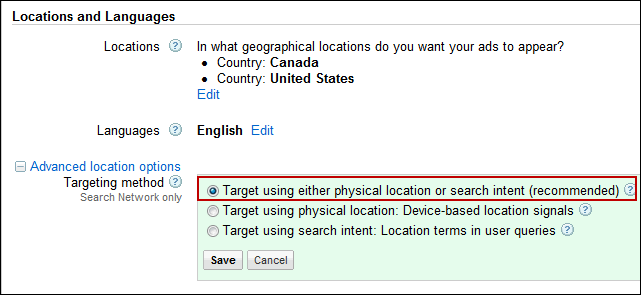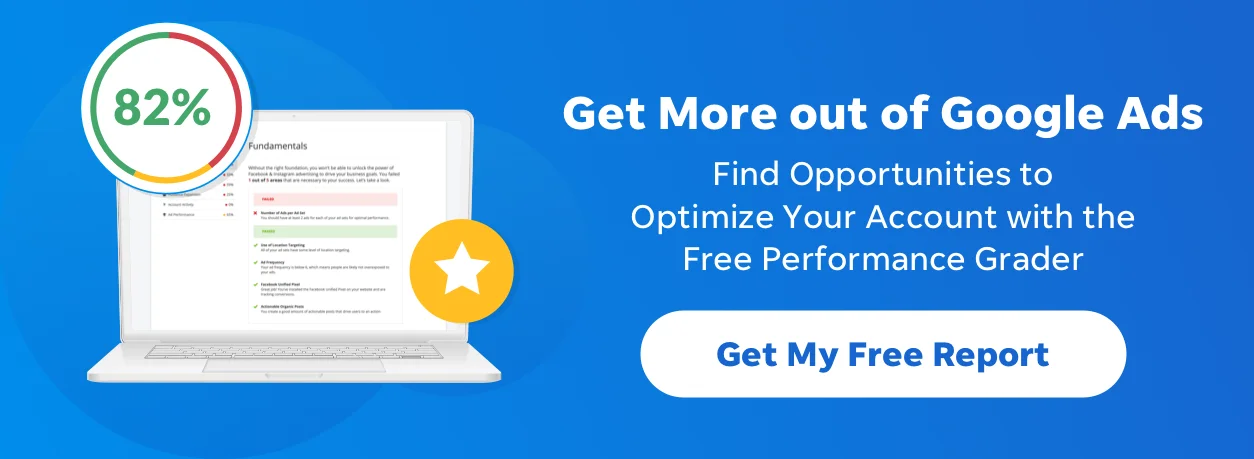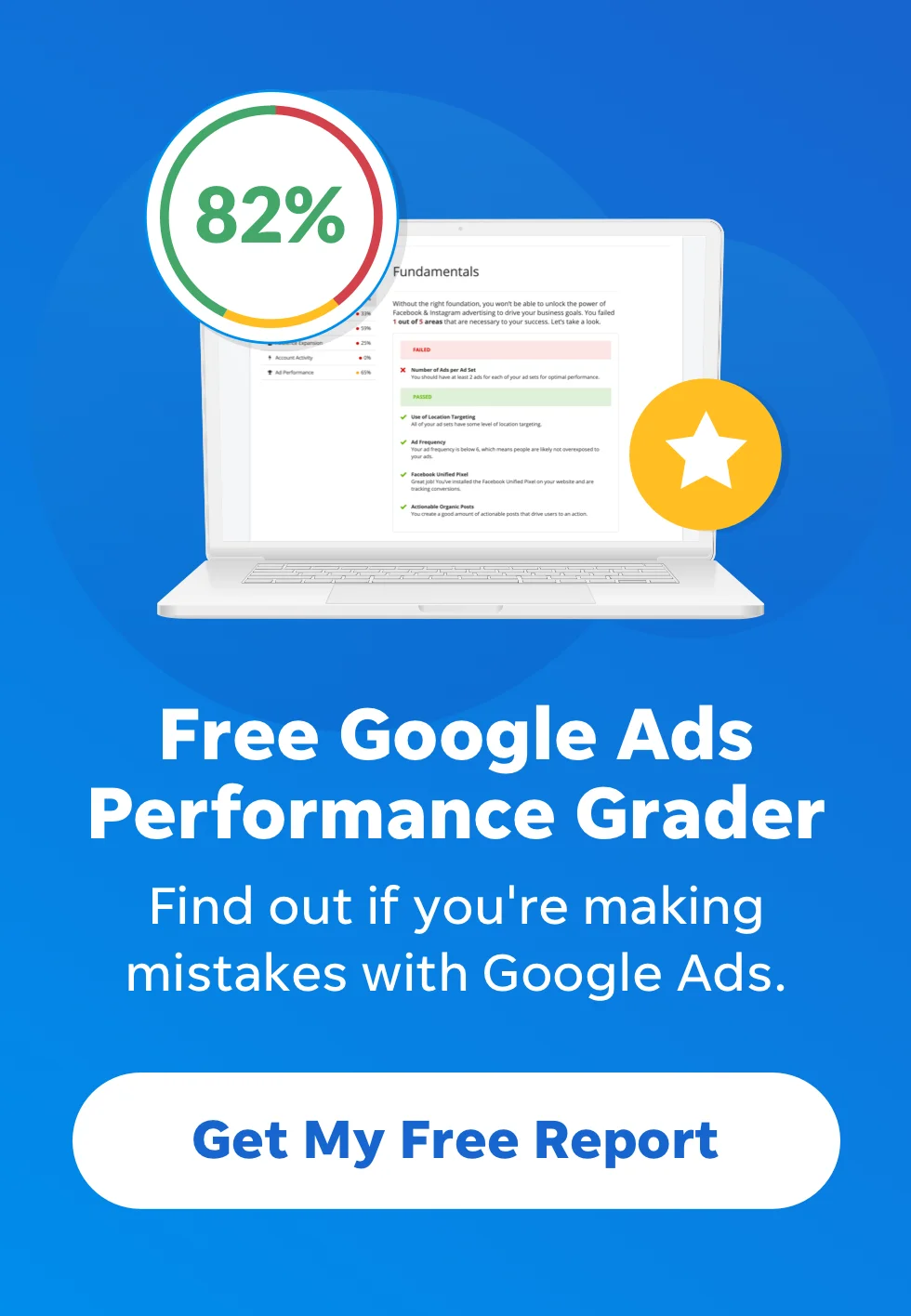
Guide to Google AdWords Language & Location Settings
This is the second post in our series on Google AdWords campaign settings. In the first installment, we talked about how to name and organize your Google AdWords campaigns. In this post we’ll focus on locations and languages settings within the AdWords settings tab.
Google AdWords Location Settings
After you name your campaign the first big choice you’re presented with is what location or locations to target:
You can use one of the defaults, or choose a specific region. For this you can also use the map function and target either a specific location or locations, or a radius.
In our guide to geo-targeting with AdWords, we talk about a two-pronged approach to targeting a specific region with a cohesive location and keyword targeting strategy (note: the actual functionality has changed since that post so some of the screenshots and specific instructions are dated).
From the post:
Let’s imagine we have a company that sells tickets for various live events.
While an event may be local, you might also be interested in attracting people located in other areas. If we want to sell tickets to a comedy show in Boston, we’ll want to make sure that our advertisement reaches searchers in California coming to Boston for a weekend and looking for “comedy tickets.” We also want people in the Boston area looking for “comedy tickets.”
We can accomplish this by setting up two separate campaigns:
- Geo-Targeted – This campaign is geo-targeted to the specific region we’re interested in, but can use more aggressive terms like comedy tickets.
- National with Geo Modifiers (“Geotargetifiers”) – Here we target the campaign to a broader region (possibly the US & Canada bundle) but force specific modifiers on the keywords (things like town names, zip codes, etc.)
Once you have a good idea of how you’ll be leveraging both keywords and geographic targeting within your campaign, you’ll want to understand how location targeting really works and may want to make use of advanced location targeting:
Depending on the type of campaign you’re running, you might want to target either physical location or search intent, you might want to focus on physical location (in the campaign structure outlined above, this would be a good option for the geo-targeted campaign), or you might want to use search intent (i.e. the national with geo-modifiers campaign).
Google AdWords Language Targeting
Language targeting seems to be pretty straightforward on the surface; you just pick the language or languages you want your ads to be targeted at:
Language targeting is based on the setting the searcher uses within their Google account. Google suggests you only target searchers in the language of your ad, as your ad will not be translated. The folks at SEER Interactive, however, offer some compelling evidence that you might generate better results (and particularly more volume) if you target additional languages in the appropriate campaigns. If you’re running extensive international campaigns, testing different language settings is probably worthwhile, and in general it’s worth considering both the language of your ad, and the native language of your target country or countries.
Meet The Author
Tom Demers
Tom Demers is Co-Founder & Managing Partner at Measured SEM and Cornerstone Content.
See other posts by Tom Demers
More Articles Like This
Comments
Please read our Comment Policy before commenting.








